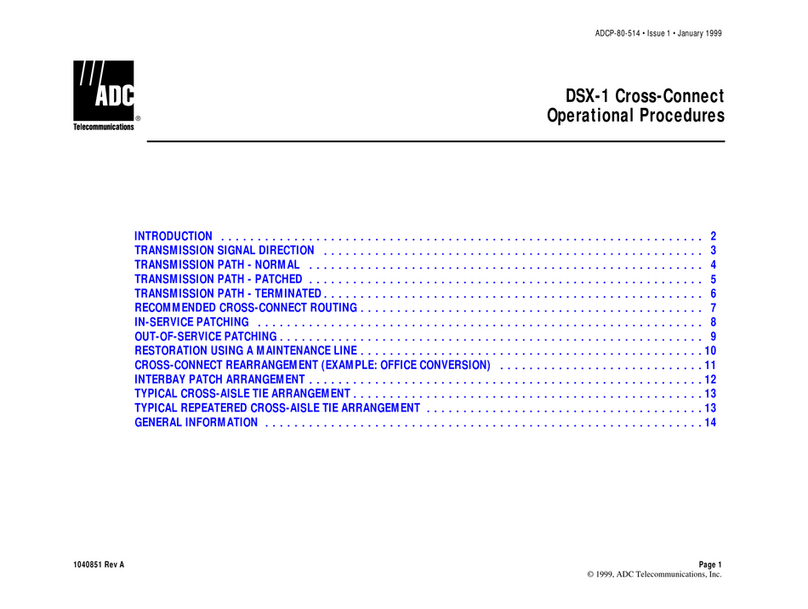Connection to ECweb established
First page to be displayed when connection is established is the front page of ECweb.
Whenever navigating around the ECweb you can always return to this page by clicking the
ENcombi logo in the upper left corner.
In the upper right corner you can see the current access login level.
In the lower left corner ECpv will display any info and warning messages it wants to
communicate to the user. Some messages will clear themselves automatically. Others
demand user action to be acknowledged first. In that case a dedicated button with garbage
can symbol will be presented alongside with the messages. Furthermore when changing
certain settings etc. a reboot of the ECpv is required before the changes take effect. This will
be communicated in the message as well and a dedicated button with refresh symbol will be
presented alongside with the messages.
In the lower right corner is the internal clock of the ECpv displayed.
In the center there are a total of six tiles.
1. The upper left tile “Control” gives access to set up of ECpc controller related
parameters such as IP configuration, Internal clock handling etc.
2. The upper right tile “Identifiers” gives access to overview of SW version installed and
extras present in the ECpv as well as set up of project details (name, location etc.),
password scheme etc.
3. The left center tile “Settings” give access to setup of site specific parameters such as
number and ratings of genset, grid connections, and inverters, which power meters
are used, power and reactive control schemes etc.
4. The right center tile “Logs” give access to setup of log specific parameters.
6

























